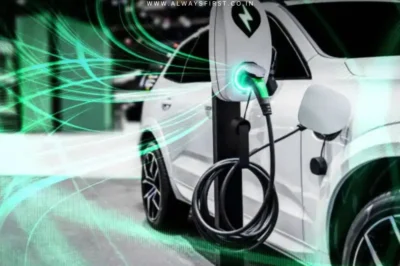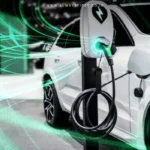Key Highlights:
NITI Aayog is assessing lifecycle emissions of EVs, hybrids, and conventional vehicles to decide subsidy eligibility.
Automakers urged to stop expecting more subsidies, with focus shifting to state-level permit reforms for commercial EVs.
Despite zero tailpipe emissions, a 2023 IIT study found EVs may emit more greenhouse gases over their lifecycle than hybrids.
NITI Aayog’s Green Mobility Review: EVs vs. Hybrids Under Scrutiny
India’s push for cleaner transportation has taken a new turn as NITI Aayog is reportedly examining the lifecycle emissions of electric vehicles (EVs), hybrids, and conventional fuel-based cars. The study aims to determine which technology is truly the most environmentally friendly—a move that could reshape future subsidy policies.
The discussion comes amid growing tensions between automakers and policymakers. NITI Aayog Chairman BVR Subrahmanyam has reportedly advised industry leaders to stop expecting additional subsidies, signaling a potential shift in government support. While subsidies for two- and three-wheelers under the PM E-DRIVE scheme may phase out by 2026, manufacturers are urging states to lift restrictions on commercial vehicle permits, which they claim are stifling sales.
Subsidy Debate: Should Hybrids Get Equal Benefits?
Under the FAME-II initiative and the newer PM E-DRIVE scheme, the government has allocated ₹10,900 crore to promote EV adoption. However, major automakers like Maruti Suzuki, Toyota, and Honda argue that hybrid vehicles deserve similar incentives, as they may be cleaner than EVs when considering full lifecycle emissions.
A 2023 IIT Kanpur study added fuel to the debate, revealing that while EVs produce zero tailpipe emissions, their manufacturing, usage, and disposal could generate more greenhouse gases than hybrids or even petrol/diesel vehicles. This finding complicates India’s green mobility strategy, especially as EV sales are projected to exceed 7% penetration by FY28—contingent on resolving supply chain issues and expanding charging infrastructure.
India’s EV Growth & Infrastructure Challenges
Despite hurdles, India’s EV sector has seen rapid growth—from just 5,000 units in FY21 to over 1.07 lakh in FY25. Charging infrastructure has also expanded, with public stations jumping from 5,151 to 26,000 in three years. However, permits for commercial EVs remain capped in many states, frustrating manufacturers who see these vehicles as key to reducing urban pollution.
As NITI Aayog’s findings loom, the question remains: Will India’s subsidy policies pivot toward hybrids, or will EVs continue to dominate government support? The answer could redefine the country’s path to sustainable mobility.








































Leave a Reply